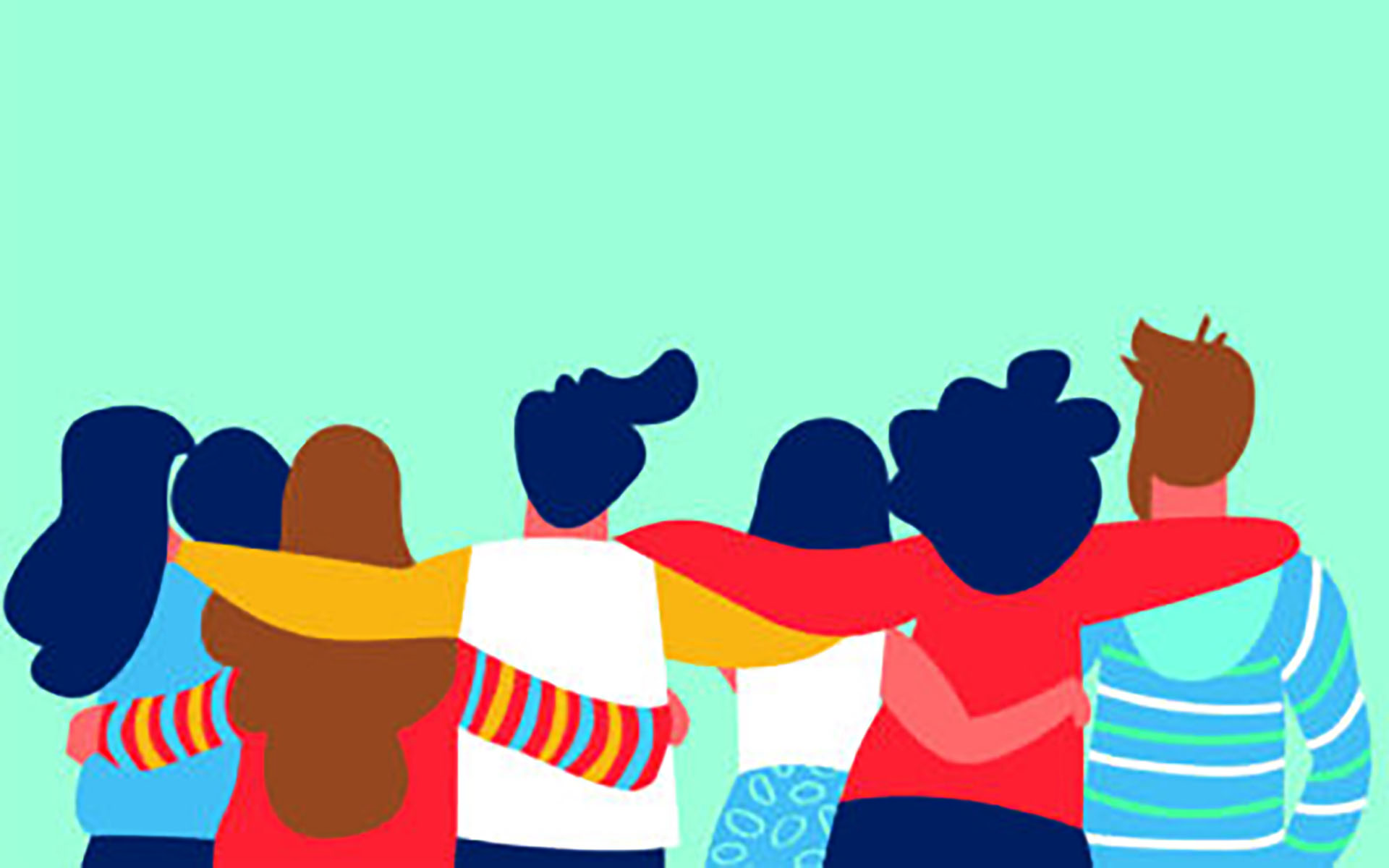I want to draw our attention to endings: the end of a day, the end of a meal, the end of something precious and rare, the end of this sentence.
How do you meet endings? I mean, most of us have some developed habits about the way in which we meet endings. Are you aware of your habits? Without any judgment or criticality, let’s just take a look to see what our relationship to endings are. Like, when you go to a party, or you go to a conference: Do you have a tendency to leave emotionally or mentally before the conference is over or before the party’s over? Or maybe you’re the one in the parking lot waving goodbye to everybody as they depart. Or maybe you find some way of cocooning yourself, isolating in some way, pulling back into a kind of protective stance. Or perhaps you become ambivalent or indifferent about endings—maybe endings are very emotional for you. Maybe you get sad or scared. Let’s just take a look.
When you end a relationship, how do you do it? Do you try to shift it into some other form of relationship so that it will continue? Do you end it with a text? How do you say goodbye in the afternoon when you leave your work—do you say goodbye to your colleagues? When a friend is sick and dying, do you go visit them? How do you meet endings? What are your patterns? Are you happy with the way you meet endings? You don’t have to be wedded to your old way of doing it. You have the freedom to change it, right here, right now.
When an ending comes, what happens in your body? Do you get tight, contracted? What’s the emotional experience? Does it bring about anxiety, fear, sadness? And what happens in your mind when endings come? Do you have remembering thoughts or planning thoughts? How do you meet this experience?
Exploring Endings and Beginnings
I want to draw your attention to endings. The way that we end something shapes the way the next thing begins. When we hang on to the past, it limits our capacity to welcome the new. A lot of times we hang on because we’re still demanding something of the past, wanting it to give us more of what we’d hoped to get from that situation—more success, more love. The more comfortable we are with endings, the more we can welcome the new and release the old.
The way that we end something shapes the way the next thing begins. When we hang on to the past, it limits our capacity to welcome the new.
I used to run a preschool with a friend of mine, and we had these three- to five-year-olds that we would take into the outdoors. There, we would give them the task of collecting dead things, and the kids loved this. They’d go out into the woods and collect an old stick or fallen leaf or a rusty old car part, or sometimes the bones of a bird or a small animal. And then we’d bring them together and we’d lay out all of their discoveries on a blue tarp and in a grove of fir trees. And then we had a kind of show and tell. And the kids had no fear—they were full of curiosity. And sometimes when they presented the item they found, they would weave a great story about it, like how this rusty old car part had fallen from a spaceship. Or this leaf was being used by a mouse—to keep him warm until summer came. They had no fear. I remember one little girl said to me, I think the trees are very kind that they allow the leaves to fall from them so that new ones can grow. It would be really sad if the tree couldn’t grow new leaves.
We know that birth will end in death. And reflecting on this might imbue our lives with more appreciation and gratitude. We know that the coming together of things inevitably means their dispersion, and reflecting on this may cause us to live a life of simplicity, to really cherish and care for what we have.
We know that everyone we love will one day die. Reflecting on this may cause us to think about how we want to care for them now. The way we meet in ending shapes the way the next moment arises. The study of endings is a beautiful way to step fully into our lives.
Learning From the Breath
And the breath can help us restore; it can revitalize our life. The breath helps us to unhook from the daily frenzy. It brings balance to the instinctive drive to fight, take flight or freeze. Breath offers us an extraordinary opportunity to look at our relationship to endings.
- Let the belly be soft; let the shoulders relax. Bring your attention to the breath, to the direct experience of breathing in and breathing out.
- Be aware of the sensations in the body: the large, gross sensations and the subtler sensations of tingling or pulsing. Just let yourself settle into the rhythm of the breath however it is. There’s no need to control it or shape it in any way.
- See if you can become aware of the very beginning of the inhale, the middle, and the end of the inhale. Do the same with the exhale: note the very beginning, the middle, and end of each exhale.
- See if you can become aware of that moment of transformation when the inhale becomes the exhale, when the exhale becomes the inhale. Relax. Let the breath breathe itself. Then you might notice that little gap, that pause, at the end of the exhale—maybe it’s just a nanosecond. Bring your attention fully and completely there. What happens in the gap? Were there physical sensations? Is there an emotional response? Do you find yourself anxious or feeling a sigh of relief? What happens in the mind? Is there a tendency to want to control the breath, to micromanage it in some way?
- Just let yourself rest in the gap. Rest in the pause. This pause: it’s a moment of faith or fear. Do you trust that the next breath will emerge? Can you relax with things just as they are? Breath is a microcosm of our whole life: coming and going, appearing and disappearing.
- As we settle, we begin to feel like the breath is breathing us. Relinquish your control of the breath and let it breathe you. Settle back into the constant change—the coming and going, the beginning and ending of all experience.
Thank you for your practice.






